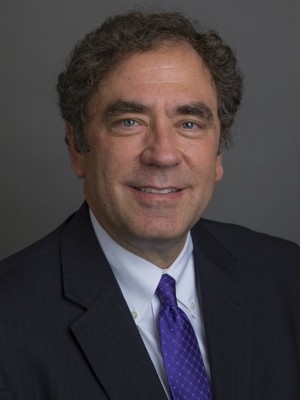After the Tenth Circuit remanded the case back in 2007, the trial court ruled that the plaintiffs had not proven that any of the actions of the CEO/ERISA fiduciary, Michael Devine, caused any loss to the ERISA plan. The court basically said that even if Devine's actions were not carried out with an eye solely in the interests of the plan participants and beneficiaries as ERISA requires, there was no proof that the breach of fiduciary duty caused the underfunding of the ERISA plan. In July of this year, the Tenth Circuit affirmed the trial court's decision.
Left unstated by both the trial court and Tenth Circuit is just what proof could have been presented to establish the causal link the trial court and the Tenth Circuit demanded of plaintiffs in this case. We had shown that in the few months before the plan was terminated and the plan sponsor declared bankruptcy, Devine authorized the payment of over a million dollars to the owners of the company, his mother, aunts and uncle for their personal use. That was undisputed. The response by the trial court was, essentially, "given the dire financial condition of the company, how do I know that if the money hadn't been paid to Devine's family members, the money would have been paid into the underfunded medical plan?" The answer is quite obvious: ERISA's higher-than-marketplace fiduciary standards required that Devine, acting as the plan fiduciary, would, should and could have pressured Devine with his CEO hat on to completely fund the plan.
Our argument, both to the trial court and on appeal, was that once we had established a breach of fiduciary duty, the burden properly shifted to Devine to prove that his breach of fiduciary duty did not cause a loss to the plan. As a practical matter, it's quite clear that whoever bears the burden of proof on causation, or lack of causation, of loss to an ERISA plan from a breach of fiduciary duty has a real uphill battle in presenting the proof necessary to carry their burden. A number of other cases have held that once a breach of fiduciary duty is shown, it is only fair that causation be inferred and that the burden of showing no causal connection between the breach and a loss to the ERISA plan be shifted to the breaching fiduciary. But the trial court rejected that argument and the Tenth Circuit avoided facing it head on.
We always felt that the trial court, inexplicably, had tremendous sympathy for Michael Devine which colored the court's view of the case. Devine, of course, tried to present himself as a guy who, despite difficult financial circumstances, was just trying to do the best job he could and that it was unfair to saddle him with any judgment. Ignored by the court was the hardship Devine's actions caused the plan participants and beneficiaries, the egregious ignorance and lack of proactive behavior Devine demonstrated as an ERISA fiduciary, Devine's own self dealing with his familiy members and the fact that an insurance policy existed to cover all losses arising out of Devine's breach of fiduciary duties. Apparently, the tears Devine shed at trial about the grief he felt for the hundreds of employees and their family members who were on the hook for unpaid medical bills were real to the Judge.
We now have reason to think that Mr. Devine may not have been quite so deserving of any sympathy. Earlier this week the Salt Lake Tribune carried this article about new allegations that cast doubt on Michael Devine's trustworthiness with other people's money.
ERISA was meant to protect America's workers and their family members. Decisions like Holdeman v. Devine make a mockery of that purpose. I refuse to live in a country where the state of the law is like this. And I'm not leaving.
Post A Comment
Articles
- Posted on 09/24/2010 Testimony of Judge William Acker Before Senate Finance Committee
- Posted on 09/18/2010 DeBofsky Senate Testimony
- Posted on 01/05/2010 Preliminary Injunction in C/HCA, et. al., v. Regence Blue Cross Blue Shield of Utah
News
- Posted on 10/05/2005 Welcome to the Website of Brian S. King
- Posted on 10/05/2005 Visit Healthcare Recovery Solutions Online
